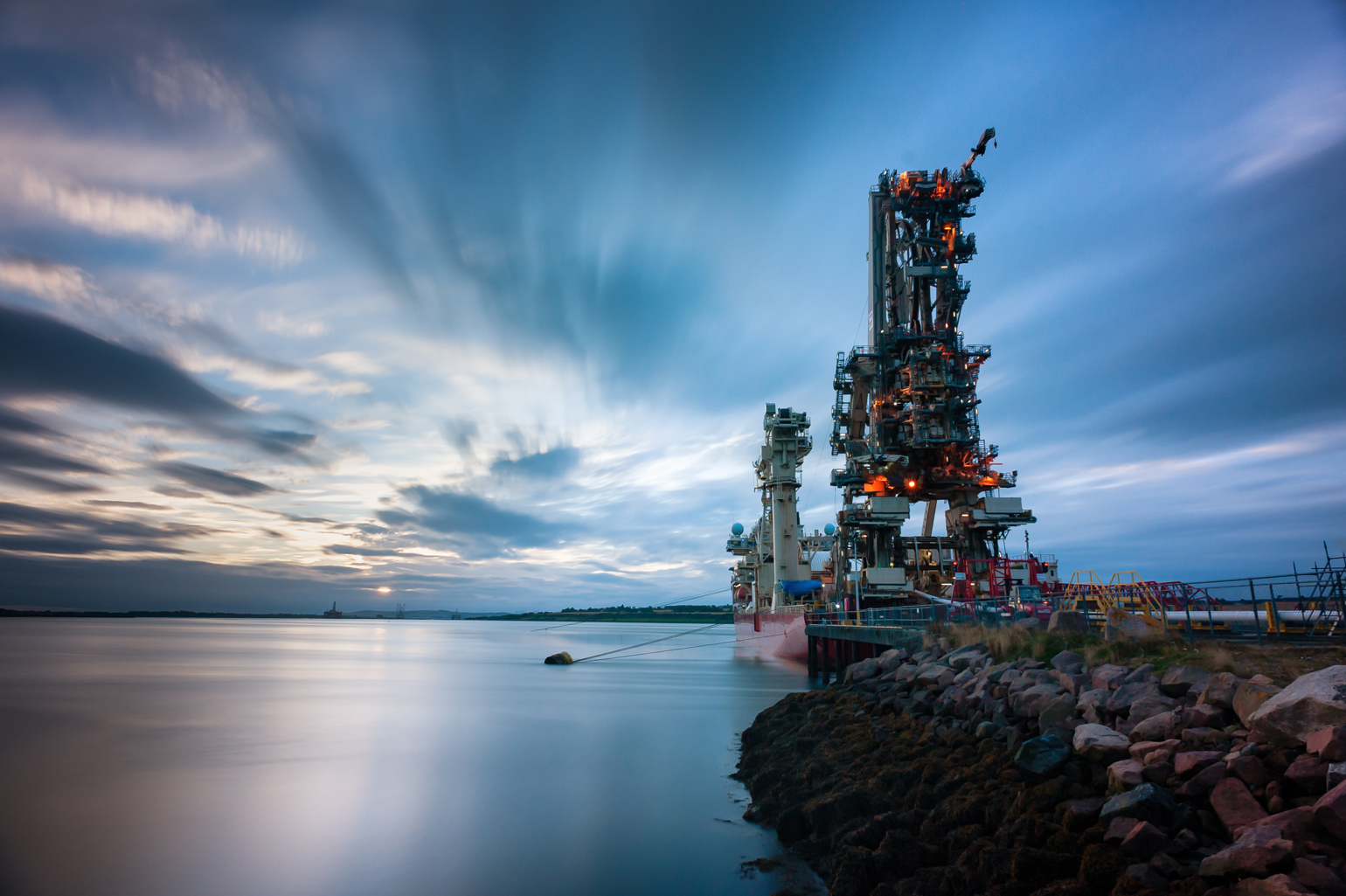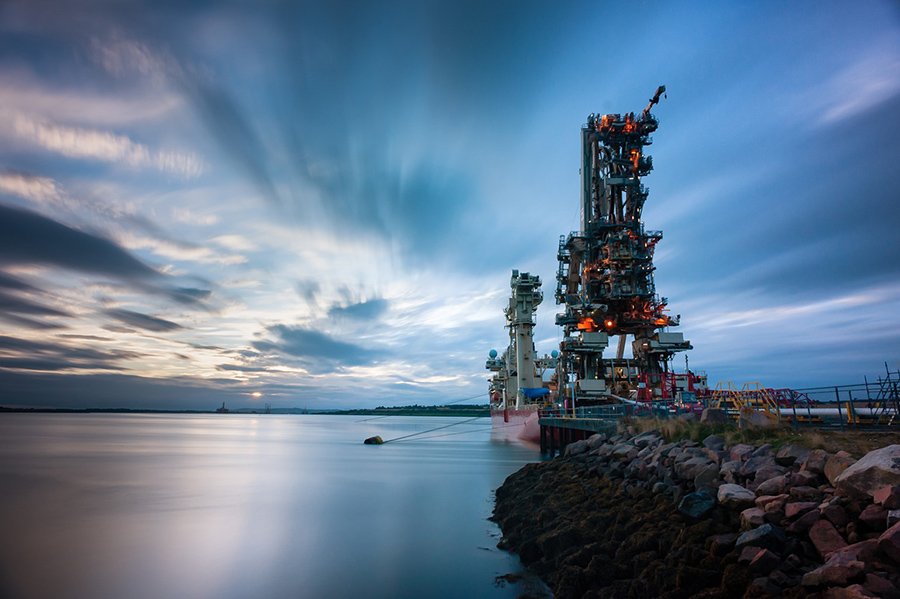News - Press Release

The TechnipFMC team working on Neptune Energy’s Fenja project have extended the capabilities of Electrically Trace Heated Pipe in Pipe (ETH-PiP) technology into new realms.
So it was with a sense of pride that Ed Pratt, Senior Rigid Pipeline Engineer, watched the final length of the 37-kilometer pipe being reeled aboard the vessel Deep Energy in mid-July 2021.
Ed led the pipeline assembly and loadout team at Evanton Spoolbase on a project unlike any he had ever worked on, as the technology was developed for the Fenja integrated Engineering, Procurement, Construction and Installation (iEPCI™) development in the Norwegian North Sea.

“This has been a very technology heavy project, lasting almost five years,” said Ed. “ETH-PiP was developed more than 10 years ago, but Fenja has pushed the technology on and we’ve had to re-engineer and requalify pretty much everything from scratch. It’s been a complex project – something which has been very challenging but satisfying to work on.
“No one had attempted anything like this length of ETH-PiP before, or at this kind of voltage and power input. The pipeline also contains a fiber optic temperature monitoring system, all wrapped up in the second-stiffest reeled pipe we’ve ever made – and at 18 inches, it’s essentially the largest diameter pipe that Deep Energy can handle. The flowline is bimetallic – mechanically lined pipe – and has to be pressurized for loadout and pipelay. The combination of so many of our pipeline technologies in one project has proved to be complicated, but we have the skills and knowledge to make each element come together and function.”
The design goal of ETH-PiP is to prevent the pipeline waxing up and reducing the fluid flow. Put simply, an electric heating system warms the inner pipe. The technology reduces operational expenditure and downtime by maintaining flow assurance. During maintenance shutdowns, there is also no need to use thawing chemicals before restoring flow as the heating system can maintain temperature or reheat from cold – meaning production can restart much faster than with a traditional pipeline.
The project team based in Lysaker, Norway, led the engineering, with heavy involvement from teams in Aberdeen and Paris. Manufacturing and assembly of the one-kilometer-long stalks that make up the pipeline began in September 2019 at Evanton Spoolbase in the UK. In April 2020, amid the impact of the COVID-19 lockdown in the UK, significant changes had to be made on site as up to eight people at a time were required to perform the assembly work. Changes to personal protective equipment and working practices were employed to allow close proximity working to continue – helping the project progress with no outbreaks on site to date.
The first of the spooling operations took place in June 2020, with five pipelay campaigns taking place during the summers of 2020 and 2021, installing the pipe at a maximum water depth of 324 meters. Tie-ins both on and offshore involved electrical and fiber optic connections and testing, in addition to the standard welding operations. The final pipeline end termination was set down on the seabed on July 28, 2021.
The pipeline, which is due to be commissioned in 2022, is integral to the iEPCI™ development and will carry oil from the Fenja field to the Njord A platform, about 130 kilometers offshore Kristiansund.
Ed said, “It was a proud moment, seeing that final reel head off on Deep Energy. This has been a complicated project both because of the engineering involved, and because COVID-19 meant we had enforced changes on our team as well as to the way we work.
“It’s also probably the most important project I’ve ever worked on because of what we have learned and what we are demonstrating with a technology that is stirring interest in the oil and gas industry.”
Neptune Energy is the operator of the Fenja field.
More news
-

News | December 08, 2025
TechnipFMC marks milestone 100th Subsea 2.0® tree delivery with client that placed first order
-

News | November 19, 2025
TechnipFMC Reinforces Global Leadership Through Strategic Technology Days Across Three Continents
-

News | November 14, 2025
TechnipFMC Recognized as Local Content Champion at Namibia Energy Connect 2025